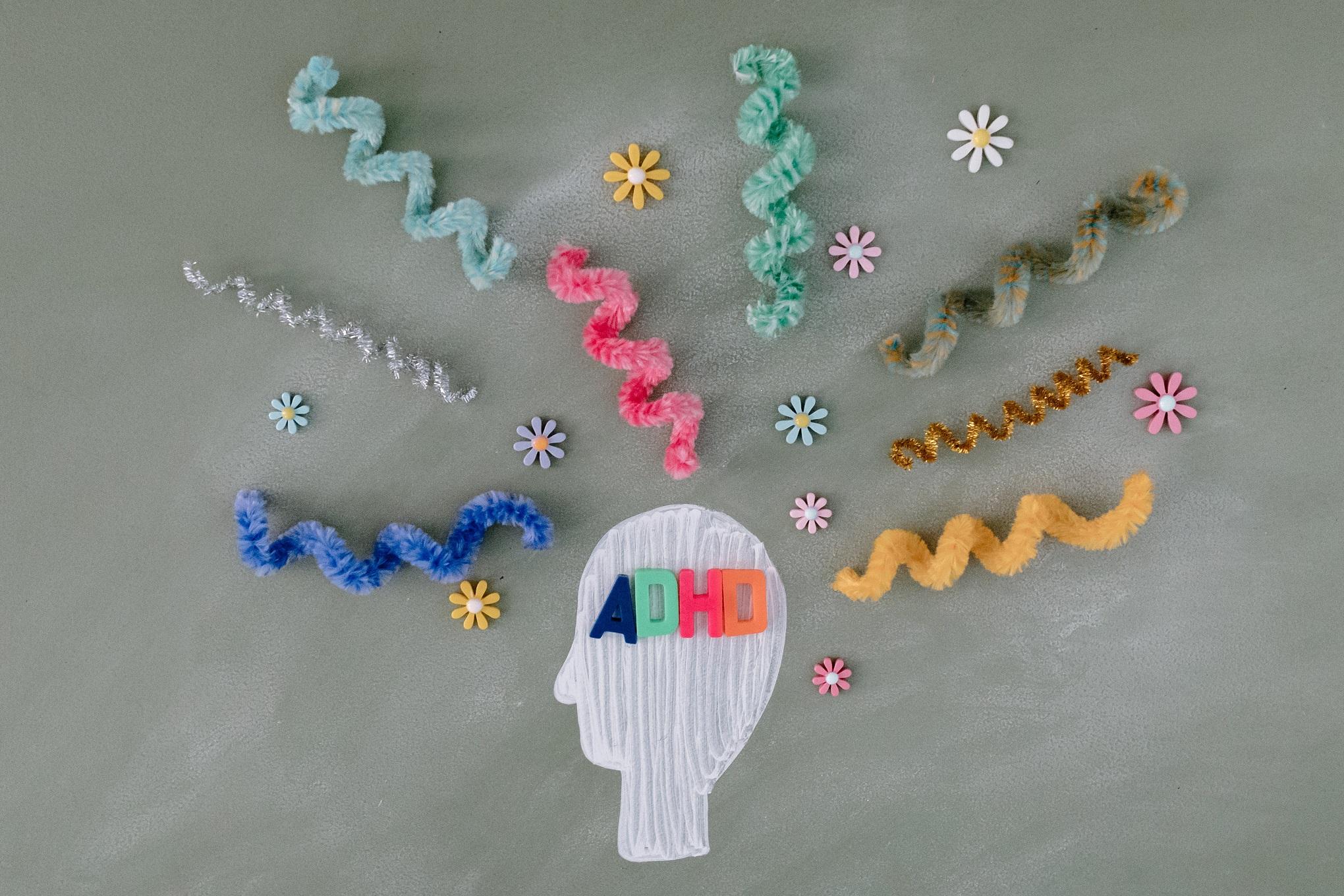- Home
- »Articles
- »Wellness
- »Meditation
- »Does Meditation Help ADHD?



Does Meditation Help ADHD?
7 July 2023
If you’re the parent of a child who has been diagnosed with ADHD, you may have heard meditation and mindfulness suggested as an activity that could help your child. In this article, we will discuss how meditation can help children with ADHD.
ADHD and Getting Started with Meditation
Attention Deficit Hyperactivity Disorder can cause difficulties with concentrating, restlessness, racing thoughts and impulsive behaviour. You may be thinking that your child will struggle to sit still long enough to meditate. The good news is, it is possible to meditate without sitting absolutely motionless in the lotus position. It can be done standing up or in any yoga posture. A walk in the park surrounded by nature counts as meditation. The simple repetitive motion is helpful, as is having various senses active to distract you from your racing thoughts.
Slowing Thoughts Down
Meditation helps reduce adrenaline which is something people with ADHD may have become addicted to. Adrenaline over stimulates the brain. Too much of it causes stress to the body with high blood pressure, increased heart rate and blood sugar. Meditation can help you return to a place of peace and calm with huge benefits for mind and body. It can be used as a regular practice or utilised in the moment by children and adolescents. Some have been able to reduce their medication as a result.
Meditation improves children’s ability to control impulses. It encourages them to pause, step back and observe their thoughts. Their self-awareness increases so they realise when they are reacting too dramatically. They can do a short breathing exercise when they feel their thoughts are racing with too many ideas and projects.
Do not worry if your child continues to have rapid thoughts. As their breathing slows and they practise acknowledging their thoughts but letting them go, they will begin to relax and clear their minds.
Keep Practising
It takes practice for a child to stay present in the moment and bring themselves into a meditative state. Start with just one minute’s practice but try to do a tiny bit every day. This will soon become an anchor they can depend on.
Children who regularly practise meditation have a better sense of wellbeing and are able to concentrate better at school. They have a technique to turn to when they feel angry, frustrated or stressed.
Meditation Through Exercise
Yoga and breathing techniques may be more beneficial for children with ADHD than conventional exercise which might be overstimulating. Meditative exercise slows the mind and promotes relaxation. It can be adapted to the individual with ADHD as each child will present differently. Let them explain what they feel they can and cannot do. There might be something they already do that can be adapted. For example, if going to the park bring their attention to different sights, smells and sounds in nature. Use feathers, windmills or balloons to help with breathing exercises helping kids focus. If these are not available let them place their hands on their tummy to feel the breath moving in and out.
You can make actions like walking, skipping and running mindful by pointing out the rhythm of the sound of their footsteps. They can notice the sound of their breath and feel their heartbeat as it increases and observe the feel of the ground.
Coping with Stress and Sleeping Better
Reducing anxiety and stress and improving sleep reduces ADHD. Meditation provides coping mechanisms for stress and helps with sleep so it’s an invaluable tool for children with ADHD. It is empowering for children. They discover that they can overcome the effects of ADHD and not let it rule them. They will sleep better, so their overall well-being improves.
